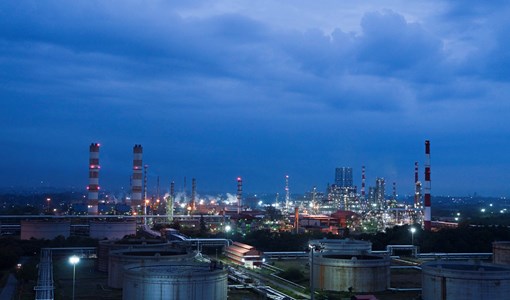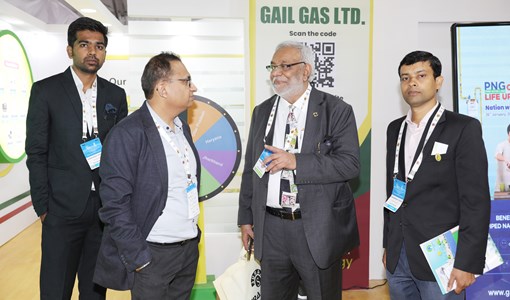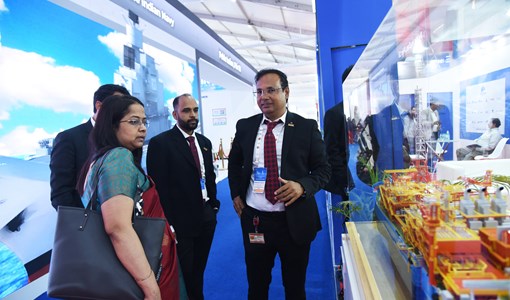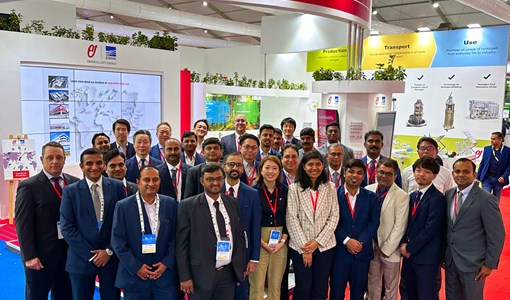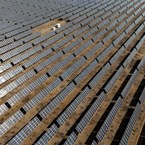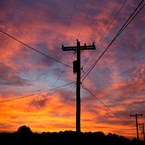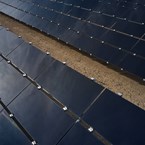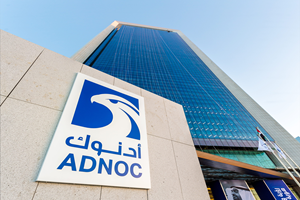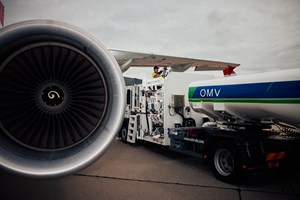How oil and gas operators can reap the rewards of drone usage
By: Al Rivero, PE - Director Sales, Oil and Gas at Rajant Corporation
The midstream market is continually evolving. With the volatility of ever-changing oil and gas product prices, it is apparent that operators in this tariff -based business must remain innovative in the ways they adapt to new challenges. The age of Industry 4.0 is here. Focused pipeline operators are finding the best opportunities to maximise efficiency and reliability while minimising costs and prioritising safety.
As more complex Industrial Internet of Things (IIoT) applications are introduced into the fold, operators must ensure their day-to-day operations and processes can work in symbiosis with the evolution of these technologies.
One key tool enabled by the proliferation of the IIoT sector is drone usage. The number of deployments is increasing exponentially across a variety of industry sectors, including agriculture, military, and border patrol. That’s no surprise, given the projected annual revenue of the drone industry is US$82.1 billion by 2025. By utilising unmanned aerial vehicles (UAVs), known commonly as drones, the oil and gas industry can follow the blueprint of many other sectors that have unleashed and harnessed its potential and reaped the immense rewards offered.
Smarter decisions made safely and securely As deployments across the globe skyrocket, drones’ seamless ability to reach all parts
of the oil and gas environment rapidly is unmatched. They can, and are, replacing costly methods that would take a significantly longer amount of time for staff to navigate the site. With the ability to collect and transfer large volumes of data while operating remotely for long durations of time across a vast distance, operators should be keen to embrace drone usage with open arms. Pipeline operators are under regulatory pressures to inspect right-of-way and gathering points for thefts, leaks, and incursions. Having eyes in the sky regularly to provide logistical support and reduce the reliance on manned vessels and personnel movement, drone usage can improve safety and reliability. With over a million miles of pipeline across the globe requiring inspection, monitoring needs to be an integral part of every PIM. Lines traverse large geography often extending hundreds of miles in remote hard to reach areas and are ideal for unmanned crafts.
By providing an aerial perspective to assist the operator in creating a view of the “What, When and How,” each fl yover can help with measured values, look for topology changes, and provide visuals of earth disturbances that could lead to leaks or illegal taps. UAVs can assist in pinpointing and detecting potential incidents and facilitate emergency response.
Drones with hydrocarbon sensors are used in leak detection. High-resolution imagery can be used to detect movement of soil due to compression or subsidence, as well as use for illegal taps. With thousands of kilometers of both below ground and above ground assets, pipeline operators are relying on drones to provide quick situation assessment. They
are proving tremendous assets that can be utilised across an operator’s entire operation. Offering the ability to collect, analyse, and transfer large amounts of data, deploying drones can help operators excel ahead of their global competition. Not only can drone usage vastly improve visibility compared to previously manual and costly methods, but it can empower oil and gas operators to make smarter decisions, safely and securely.
Supporting dynamic drone usage
However, whilst businesses and governments are beginning to realise the immense importance of drone usage and the opportunities it brings with it, what they must consider is the readiness of their networks to facilitate a drone system or fleet. For oil and gas operators, a growing concern is the ability to monitor their assets while simultaneously maximizing efficiency and productivity.
For example, operators manage constantly moving assets such as vehicles, tankers, and personnel, which remain on the move 24/7, 365 days a year. With many moving parts at once, all of which require different levels of mission-critical requirements, it can mean that crucial connectivity needed for drone usage will face challenges.
Traditional wireless networks will prove ineffective and, in turn, prevent the drones from being utilised effectively. Deploying Wi-Fi – which is most suited to indoor environments where assets are mostly stationary – will not be able to cope with the addition of multiple access points to keep sprawling outdoor operations covered. With the inability to provide reliable connectivity across complex environments for mobile assets such as drones, operators will not be able to work around interference, and coverage drops will be likely.
Leveraging the right network infrastructure can empower operators to make a shift away from the paradigm of traditional manual disintegrated oil and gas processes. Operators need to have a wireless network to rapidly deploy fully mobile and secure connectivity to fully exploit the efficiency benefits of next-generation IIoT applications, such as drone usage.
Rajant can provide the answer
Rajant’s Kinect Mesh network can transform mobile assets into network infrastructure and is designed to adapt to an operators’ communication needs in a fully mobile, highly resilient web of communications. This is made possible by Rajant’s BreadCrumb wireless nodes, which are powered by InstaMesh networking software and provide instantaneous and fail-proof connectivity across rugged terrain. It provides real-time routing of traffic via the fastest pathways, dynamically optimising performance.
Rajant is the only network that enables continuous mobile connectivity for machine-to-machine (M2M) communications as its BreadCrumb nodes can be deployed directly on all mobile assets, including equipment, vehicles, and technician devices. This creates a crucial link between the business-critical field assets and central operations facility. As drone usage becomes an operational necessity for operators, the ability to communicate is dependent on the network. But, with Rajant’s BreadCrumbs, they can hold multiple connections simultaneously and allow mobile assets to communicate peer-to-peer to orchestrate movements and coordinate task execution.
With the ability to eliminate any single point of failure for mission-critical reliability, Rajant’s network provides operators with connectivity that never breaks for autonomous operations, which cannot afford a momentary loss of communications.
Embracing drones to stay ahead
As global competition intensifies in the unpredictable oil and gas sector, operators must ensure they embrace new applications such as drone usage, which IIoT enables.
By adopting a communications system that facilitates the utilisation of these opportunities to reduce downtime and enhance security, operators will be able to thrive for years to come.
KEEPING THE ENERGY INDUSTRY CONNECTED
Subscribe to our newsletter and get the best of Energy Connects directly to your inbox each week.
By subscribing, you agree to the processing of your personal data by dmg events as described in the Privacy Policy.

Energy Workforce helps bridge the gender gap in the industry
Mar 08, 2024
EGYPES Climatech champion on a mission to combat climate change
Mar 04, 2024
Fertiglobe’s sustainability journey
Feb 29, 2024
Neway sees strong growth in Africa
Feb 27, 2024
P&O Maritime Logistics pushing for greater decarbonisation
Feb 27, 2024
India’s energy sector presents lucrative opportunities for global companies
Jan 31, 2024
Oil India charts the course to ambitious energy growth
Jan 25, 2024
Maritime sector is stepping up to the challenges of decarbonisation
Jan 08, 2024
COP28: turning transition challenges into clean energy opportunities
Dec 08, 2023
Why 2030 is a pivotal year in the race to net zero
Oct 26, 2023Partner content

Ebara Elliott Energy offers a range of products for a sustainable energy economy

Essar outlines how its CBM contribution is bolstering for India’s energy landscape

Positioning petrochemicals market in the emerging circular economy

Navigating markets and creating significant regional opportunities with Spectrum





